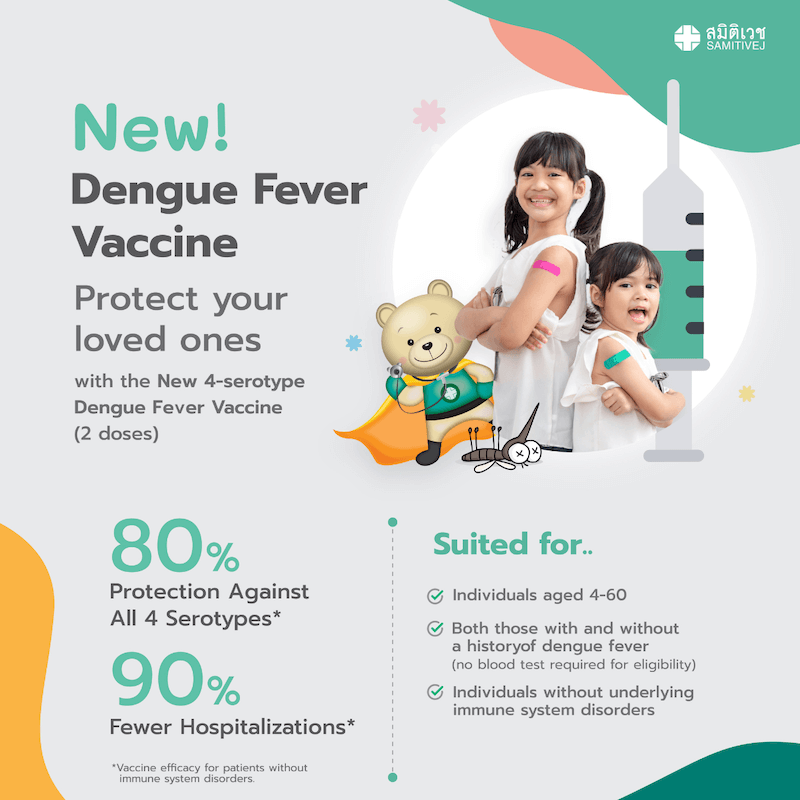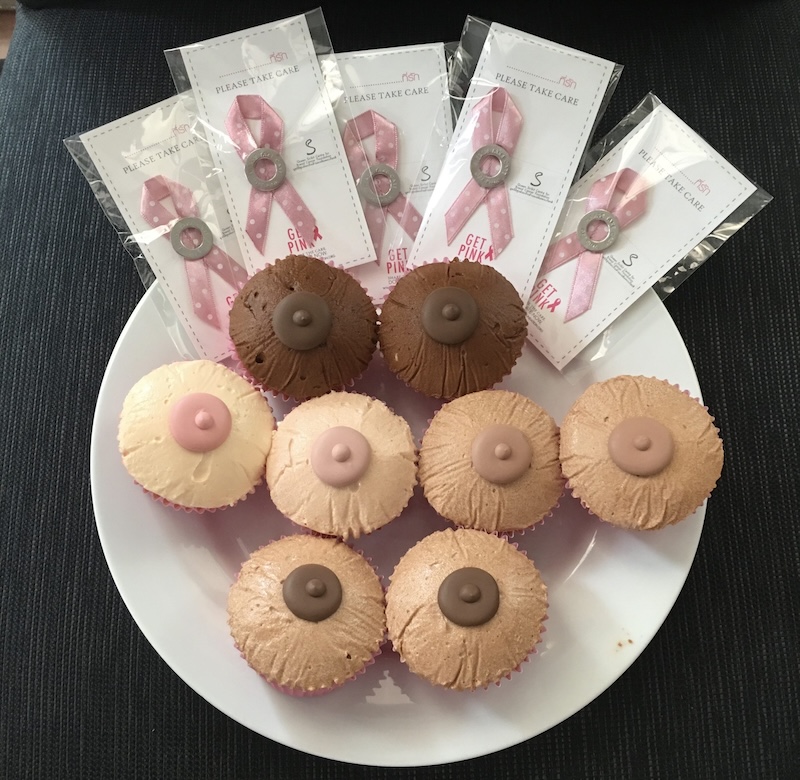Pinktober is the annual breast cancer awareness month and with breast cancer still being one of the leading causes of cancer-related deaths in women across the world, mummy’s, grandmothers and all you ladies in general remember to check those breasts!
Breast cancer awareness month is an annual international health campaign that is organised by major breast cancer charities and healthcare providers every October. It was established to increase awareness of the disease and to raise funds for research into its cause, prevention, diagnosis, treatment and cure. By spreading awareness and educating women globally about the importance of early screening, they are hoping that through the Pinktober campaigns and information on how to self-check your breasts this will be the most effective weapon in the fight against breast cancer. In 1993 the pink ribbon was established as the symbol for breast cancer and this is now recognised throughout the world. When October was the month assigned for breast cancer awareness, the term Pinktober was born. Each year, many events are organised globally in support for Pinktober including iconic buildings that are illuminated in pink in honour of breast cancer awareness month.
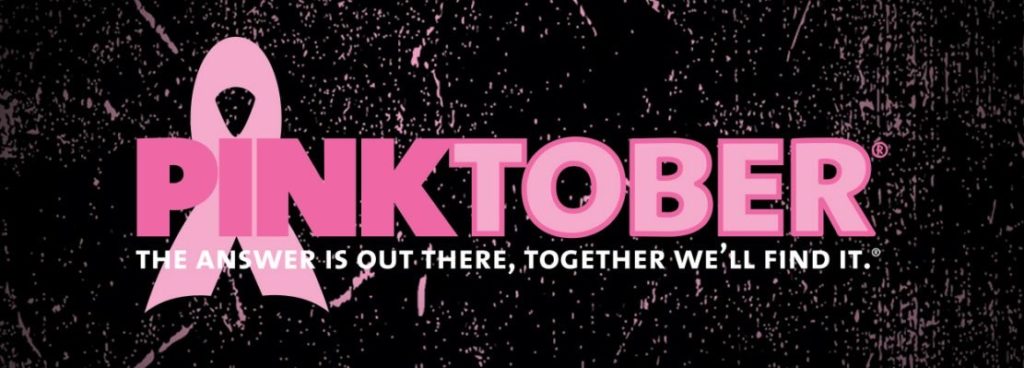
With 2 million cases diagnosed worldwide in 2019, breast cancer accounts for over 10% of all cancers and some 23% of all cancers in women. With the potential to be highly curable, the key is early detection and awareness in general, many doctors globally now recommend it’s never too early to talk to your daughters about breast cancer and the importance of self detection.
There is not one clear solution, yet awareness of risk factors and responding to these can have a positive impact on prevention, early detection and treatment, recovery and prevention of relapse. Meanwhile, understanding certain non-controllable risks can lead to better understanding of screening options as well as when to begin screening and consequently earlier detection.
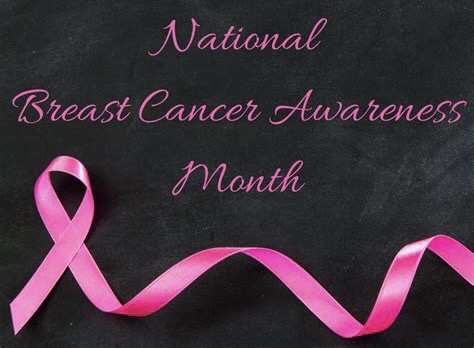
Controllable Risks
Evidence suggest that a healthy lifestyle can lower the chances of developing breast cancer. This means maintaining an ideal weight, following a nutritious diet and not drinking alcohol to excess. And most importantly to maintain an active lifestyle, which includes an exercise you enjoy. Meanwhile, new research points to hormone replacement therapy (HRT), used to relieve menopausal symptoms are associated with other health risks after taking for more than one year (when used inappropriately). Findings may suggest health risks rise as duration of treatment continues and may continue to be a factor after discontinuing HRT treatment. It is always best to speak to your doctor about risks versus benefits to make informed decisions regarding your care.
Non-Controllable Risks
Women, just by the fact of their gender are inherently more at risk. Furthermore, age is not just a number with breast cancer historically targeting women over 50 years of age. However, the prevalence of the disease in younger women varies considerably by country. The World Health Organization reports that incidence rates are higher in more developed countries, while mortality rates are higher in less well-developed ones. There is no consistent standard.
Some types of breast cancer are hereditary and increased screening is required such as in the case of faulty genes, BRCA1 and BRCA2, responsible for helping create proteins that maintain healthy DNA, can create abnormal growth of cells if mutated, resulting in cancer.
Early Detection
There are many different types and grades of breast cancer and these factors, as well as where the disease originates, can have a huge impact on diagnosis. It is vital that women know that regular checks are necessary, especially since at an early stage of the disease there may be no symptoms present.
Screening
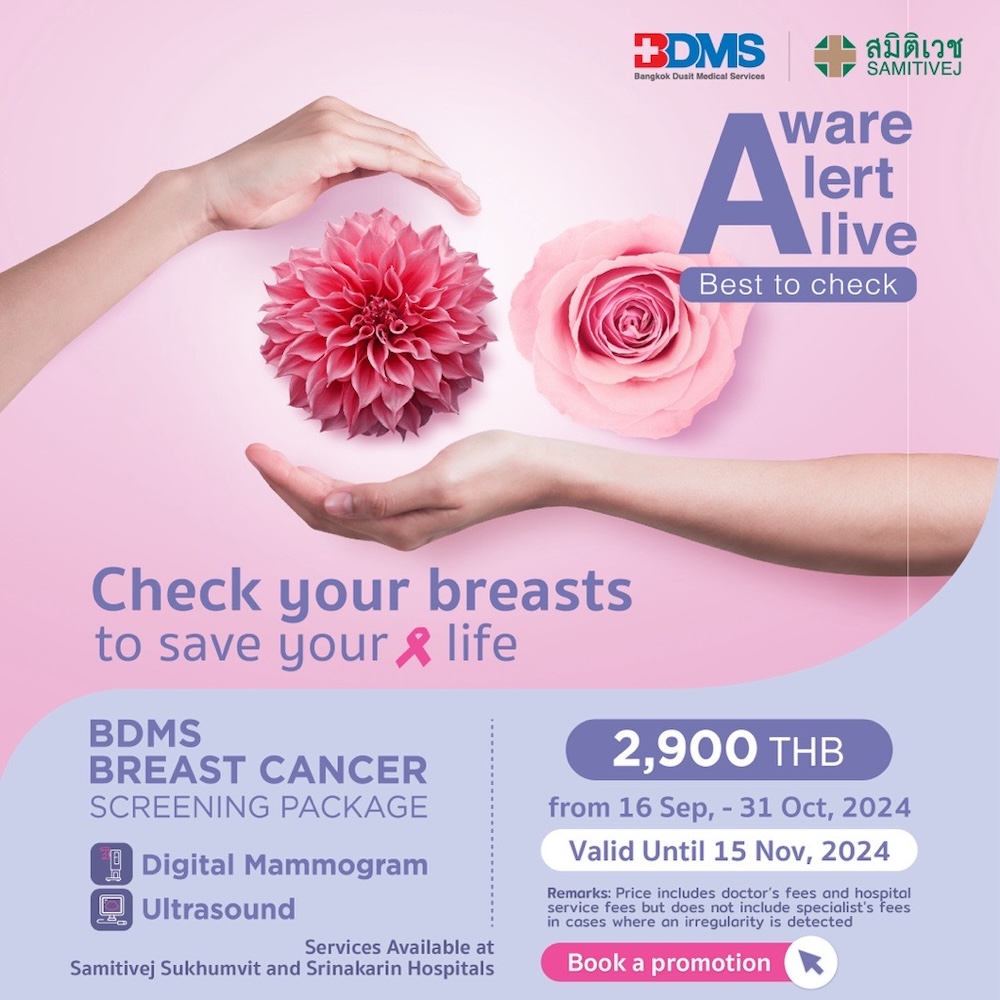
The key to simplified treatment and survival is early detection, and the way to achieve this is through regular screening although asymptomatic. In other words, catching breast cancer in its early stages to increase treatment possibilities and effectiveness, as well as increase survival rates. Breast cancer kills over half a million women a year and many of these deaths are preventable.
A mammogram and breast ultrasound are the gold standard for breast cancer screening and even women who have no symptoms and cannot see or feel any changes need to be making appointments as they can detect a mass long before it can be felt or seen. The quality of the image and radiologist can make a huge difference in terms of spotting difficult to detect cancers.
At Samitivej Hospital, the Breast Care Clinic’s experienced specialists use digital mammography which boosts resolution, creates images immediately and helps when it comes to mammogram-guided biopsies.
Diagnosis Challenges
Mammogram programs around the world based on screenings at regular intervals are not failsafe however. There are some types of breast cancers that are particularly aggressive and can take hold between screening tests or may not be detected during screening. With this in mind, the future of breast cancer care will need to embrace technology and methodology that goes beyond standard interval screening.
With personalized medicine on the rise, a more individualized screening strategy could be adopted where frequency is altered. Genetic Screening is one way to use innovation to identify individuals who may be predisposed to cancer so individualized recommendations can be tailored the person tested.
Breast Cancer in Men
Men are approximately one hundred times less likely to be diagnosed with breast cancer than women. Men of African American descent are approximately 70 times less likely. However men suffer from a less favorable prognosis as breast cancer is seen as a women’s disease. This stigmatization leads to a lack of awareness, detection and treatment in men.
Beating breast cancer is about early detection. You can help in the fight against cancer by booking an appointment for screening with a mammogram and ultrasound, it’s never too early to start!



